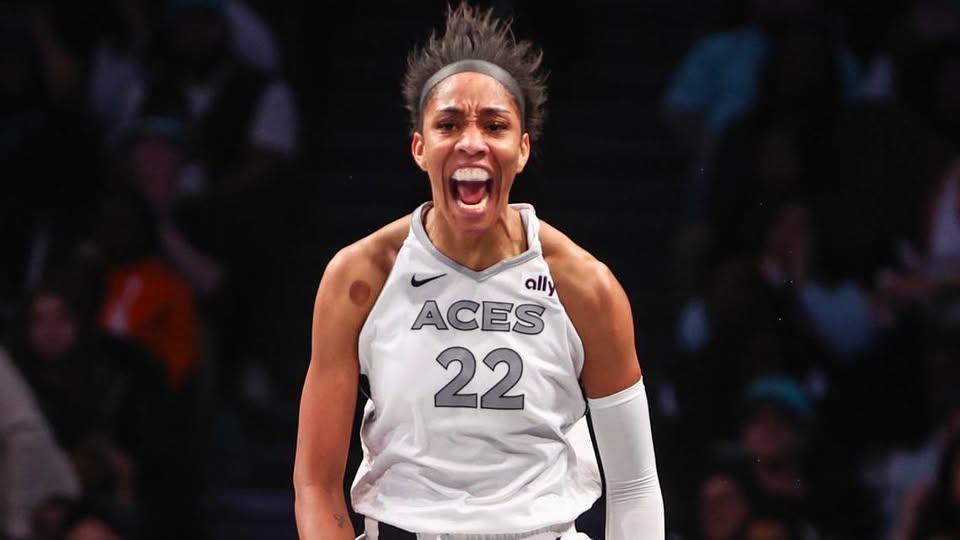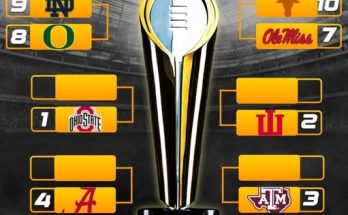The South Carolina Gamecock women’s basketball program has been one of the powerhouses in college basketball in recent years, and fans eagerly anticipate every season as the team continues to push for national prominence. So, news that Okot Madina, a promising transfer from Mississippi State, has resigned from the squad and will not be returning has shocked many followers of the Gamecocks. This unexpected departure comes at a time when the program is focused on gaining height and physicality on the court, creating both strategic challenges and emotional responses from the community.
The Arrival of Okot Madina: Expectations and Promise
Okot Madina’s transfer to South Carolina was met with excitement and hope. Coming from Mississippi State, a respected program in its own right, Madina brought versatility, energy, and fresh talent to the Gamecocks. Transfers are a crucial part of college basketball’s evolving landscape, offering teams opportunities to shore up weak spots and bring in players who can immediately contribute.
Madina, known for his work ethic and ability to adapt, was expected to bolster South Carolina’s depth, providing options off the bench and possibly challenging for more prominent roles. His experience playing in the competitive SEC with Mississippi State meant he was already familiar with the intensity and style of play that South Carolina embraces.
His arrival signaled a commitment by the Gamecocks to maintain a dynamic, flexible roster. Many hoped Madina would be an important piece in the team’s pursuit of continued success, helping South Carolina to balance athleticism, skill, and size.
The Shock of Resignation: What Happened?
Despite the promising start, Madina’s resignation from the squad has sent shockwaves through the program. Official statements have been limited, but sources close to the team suggest that the decision was mutual and rooted in both personal considerations and the team’s strategic direction.
One key factor influencing the situation is South Carolina’s clear intent to gain height on the roster. Basketball is a game where size and physical presence can often dictate success, especially at the collegiate level where rebounding, shot-blocking, and interior defense are critical. The Gamecocks appear to be focusing on building a taller lineup, which unfortunately may have reduced opportunities for Madina, who is seen as less of a fit in this evolving roster structure.
Madina’s departure might also reflect the complexities of transfers adapting to new environments and systems. Despite his talent, the fit between a player’s style and the team’s tactical approach is vital. Sometimes, even promising transfers find the situation isn’t the right match, leading to tough decisions like resignation.
Emotional Impact on the Team and Fans
For fans and teammates, hearing that Madina is leaving the program is a blow. Transfers like him are often seen as fresh hope — a chance to inject new life and potential into the squad. His presence was welcomed and many had anticipated him becoming a fan favorite, adding depth and personality to the team.
The Gamecock community, known for its passionate support, has taken to social media expressing disbelief and sadness. “I can’t believe he’s going,” wrote one fan, reflecting the shock many feel. There’s a genuine sense of loss, especially considering the hard work Madina put in during his time with the team.
Teammates are also affected, as chemistry and camaraderie play a huge role in basketball. Losing a member disrupts the flow and forces adjustments both on and off the court. Coaches must find ways to rally the remaining players and maintain morale, while fans hope that the team’s unity remains strong.
The Strategic Angle: Gaining Height
South Carolina’s decision to focus on gaining height is a strategic move aimed at maintaining a competitive edge. The women’s college basketball landscape is increasingly dominated by teams that emphasize physicality and size, making it essential for programs to adapt.
By recruiting taller players and adjusting their playing style, the Gamecocks aim to control the paint, dominate boards, and alter opponents’ shots more effectively. Height advantage translates to defensive strength and offensive versatility, particularly in post play and rebounding.
While this strategy makes sense on paper, it inevitably leads to tough roster decisions. Players who may not fit this vision, even if talented, might find themselves sidelined or choosing to leave. Madina’s resignation, in this context, reflects the often harsh realities of team-building where individual aspirations intersect with collective goals.
What This Means for South Carolina Moving Forward
The Gamecocks face both challenges and opportunities as they move forward without Okot Madina. The immediate challenge is filling the gap left by his departure. The coaching staff will need to recalibrate rotations, potentially leaning more heavily on taller players who fit the new vision.
However, this moment also provides an opportunity for other players to step up. Basketball is a team sport, and often adversity sparks growth and resilience. The Gamecocks have a deep and talented roster, and history shows they have the capability to adapt and thrive even in the face of unexpected changes.
Recruiting will also be crucial. The coaching staff will need to continue identifying players who fit the height and skill profile required, while also balancing the team’s chemistry and versatility. South Carolina’s reputation as a premier program is a strong recruiting tool, and the team’s commitment to building a winning culture remains undiminished.
The Broader Context: Transfers and Team Dynamics in College Basketball
Madina’s resignation highlights broader trends in college basketball, where transfers play an increasingly prominent role. With the NCAA’s transfer portal making it easier for players to move between programs, coaches face constant roster flux and must manage complex dynamics.
Transfers bring both promise and uncertainty. While they can immediately improve a team, they also require careful integration into existing systems. When expectations aren’t met, or strategic shifts occur, difficult decisions follow — sometimes leading to departures like Madina’s.
This reality adds another layer of complexity to coaching and roster management. Building a cohesive, successful team requires balancing talent, fit, personalities, and long-term strategy.



